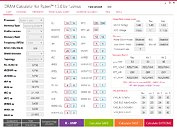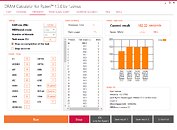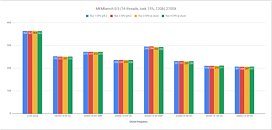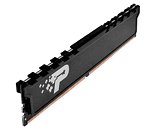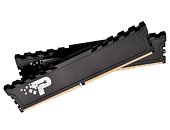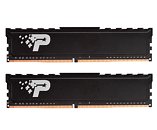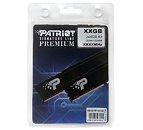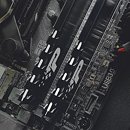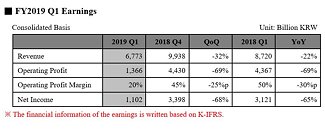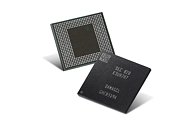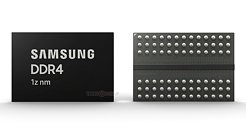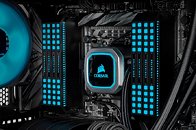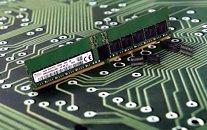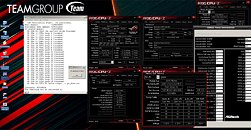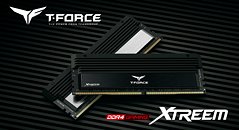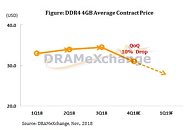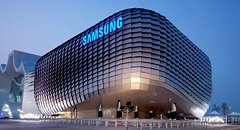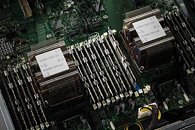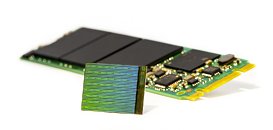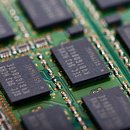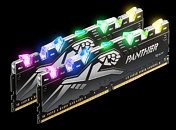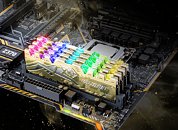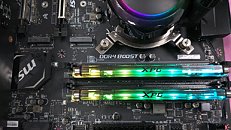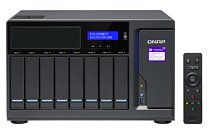
G.SKILL Showcases Extreme DDR4 at Computex 2019, Up to DDR4-4000 384GB & DDR4-5200 16GB
G.SKILL International Enterprise Co., Ltd., the world's leading manufacturer of extreme performance memory and gaming peripherals, is showcasing several ultra-high speed and low latency DDR4 memory kits on Intel and AMD platforms at Computex 2019. These live demo systems feature motherboards from ASUS, ASRock, EVGA, Gigabyte, and MSI, as well as multiple memory kits made with Samsung B-die ICs.
DDR4-4000 384GB (32GBx12) - Massive Capacity DDR4 Beast of a Kit
Any experienced overclocker knows two factors that make achieving high-speed RAM more difficult - high module capacity and increased module count. This mystical beast of a memory kit runs at DDR4-4000MHz with an enormously massive total capacity of 384GB with 12 modules of 32GB each. While earlier 32GB modules were constructed with 8Gb components, these modules use higher density 16Gb ICs. This extremely high-capacity, high-performance live demo system is built with the Intel Xeon W-3175X processor and ASUS ROG Dominus Extreme motherboard.
DDR4-4000 384GB (32GBx12) - Massive Capacity DDR4 Beast of a Kit
Any experienced overclocker knows two factors that make achieving high-speed RAM more difficult - high module capacity and increased module count. This mystical beast of a memory kit runs at DDR4-4000MHz with an enormously massive total capacity of 384GB with 12 modules of 32GB each. While earlier 32GB modules were constructed with 8Gb components, these modules use higher density 16Gb ICs. This extremely high-capacity, high-performance live demo system is built with the Intel Xeon W-3175X processor and ASUS ROG Dominus Extreme motherboard.


